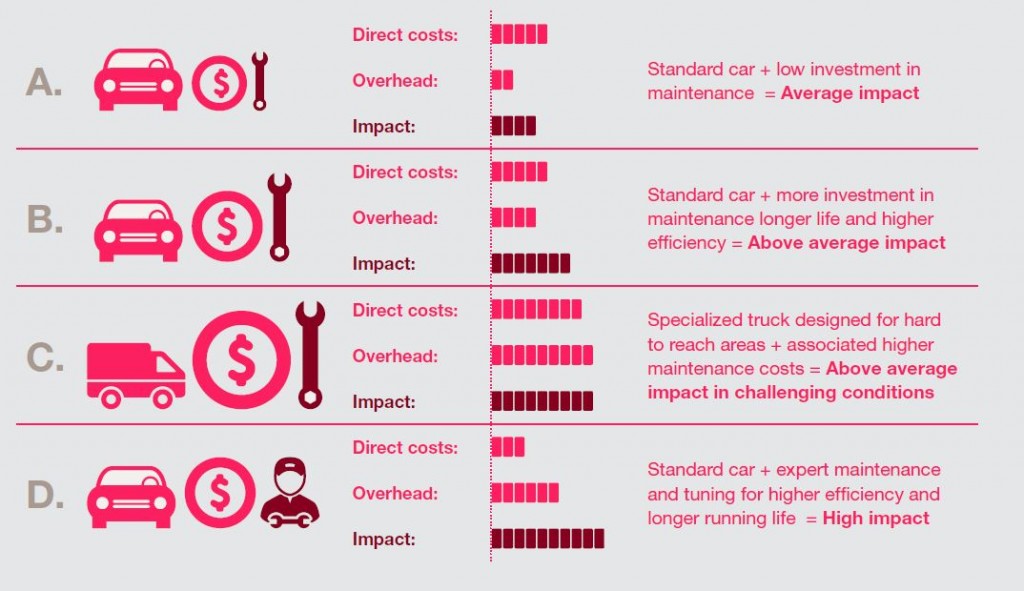
For many, making a contribution to a charity or not-for-profit can feel overwhelming. There’s a lot of information in the marketplace that helps guide our decision making processes, but many of us are left asking one key question: “Can I trust the organization to use my donation in the best possible way to achieve its social mission?”
There is much debate with the public and the media about the issue of overhead ratios – generally the percentage of a not-for-profit or charity’s operational expenditures allocated to fundraising or administration. There’s a sentiment that by directing a donation in a way that supports a program directly – in effect keeping the overhead ratio low – that more funding can be allocated to ‘doing good’.
But does the average donor have enough information about the inner workings of the organization to make an informed judgement call? Probably not and here’s why:
Think of running a charity or a not-for-profit like running your car. In most cases you make an initial investment via purchase or lease of a vehicle. Then add ongoing cost like fuel (direct costs); invest in ongoing maintenance like oil changes, replace mechanical parts or ad hoc repairs (overhead); and balance your perception of impact, measured in terms of performance comparability, convenience, safety rating and/or reliability (impact).
Running a charity or not-for-profit is similar, from the resources required for your initial donation, to ongoing skilled expertise, office facilities, investments required for better internal controls and reporting or even keeping the lights on to support day-to-day work. In both scenarios, it’s important to move away from thinking solely in terms of overhead ratios towards thinking about the component parts required to keep the charitable or not-for-profit engine in top condition. Check out the infographic below:
We shouldn’t use overhead ratios to tell us how much impact an organization is having. Instead, we should use overhead ratios to help us understand the bigger picture, that is, to help us ask questions about why and how an organization is making a difference and what resources it needs to be successful.
Donors should focus on a few key takeaways to help inform better decision making, and to make sure that they are in the driver’s seat for their donation (and not a passenger trying to take a selfie on the road of life):
- Don’t assume that a high overhead ratio means money isn’t going towards impact. Do your homework first.
- Think of your donation as a long-term investment in a charity or not-for-profit’s ability to grow its capacity to achieve its social mission.
- Consider donating unrestricted funds to allow the not-for-profit’s management team to allocate resources where they’re needed most. They’re the experts.
- Ask questions about how a not-for-profit is collecting data (both qualitative and quantitative) that is reliable, relevant, consistent and comparable.
- Make sure to consider an organization’s narrative alongside its financial information. What is the organization trying to do and how are they measuring it?
Want to learn more about how to make better decisions? Read PwC Canada’s discussion paper on this issue and share it with your friends. It’s written in a way so anyone can ‘get it’. You can be part of the movement to help change public perception about how to make what’s already good… great! Be part of it.
Click here to download your copy.
